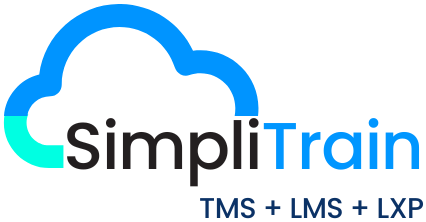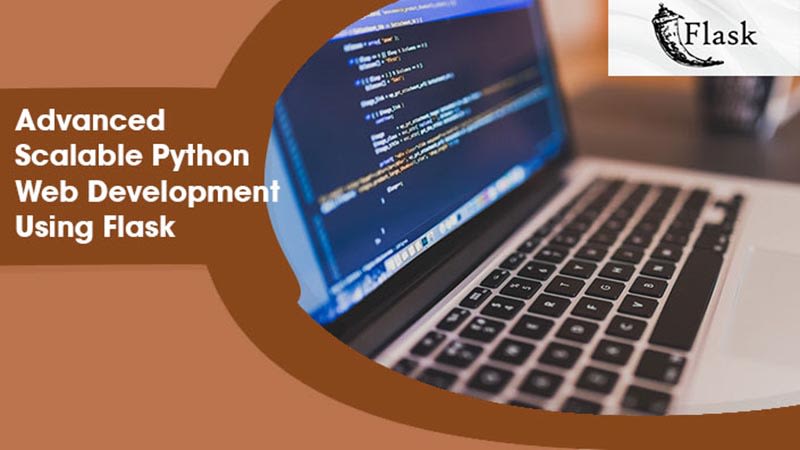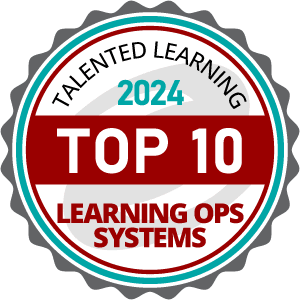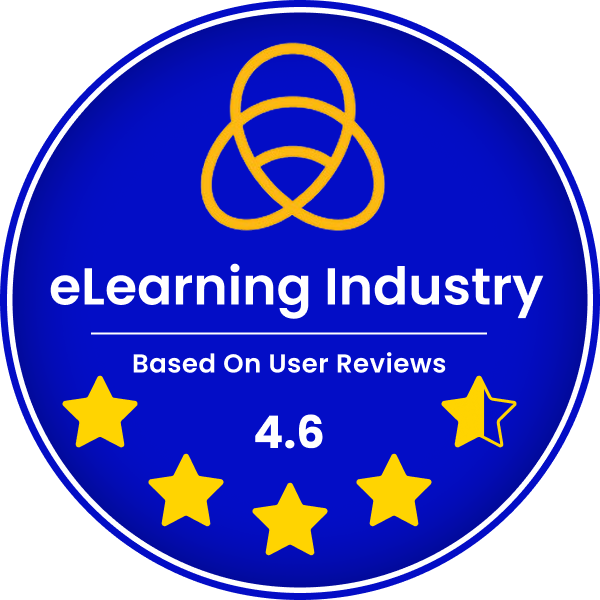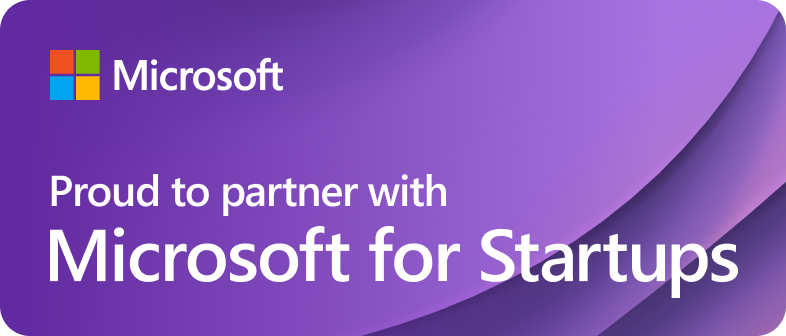In the past decade, cloud computing has been gaining popularity at a tremendous rate. Some cloud providers are experiencing a growth rate of 50 year over year â which is just astounding. And the reason for this growth is obvious â cloud computing enables ubiquitous, convenient, on-demand access to a shared pool of configurable computing resources which can be rapidly provisioned and released with minimal effort.
Amazon Web Services is a cloud computing platform that offers a broad set of global compute, storage, database, analytics, application, and deployment services that help organizations move faster, lower IT costs, and scale applications.
Ever since its inception – the relational database management systems have gained tremendous popularity across the world. Recently NoSQL databases like MongoDB has also gained a lot of traction – but still, RDBMS remains the de-facto choice of engineers when it comes to storing structured data. According to some estimates – relational databases are used in more than 90 of the software projects out there.
With the advent of cloud computing – solution designers and architects had to deal with some unique challenges while attempting to migrate their relational databases to the cloud. You see, relational databases need high-performance hardware and disks to perform at the peak level. But IaaS cloud computing services provide us with virtual servers – which store their data on network connected disks. So to manage relational data in the cloud – we needed a specialized PaaS (platform as a service) which provided adequate hardware and redundancy to relational databases.
Amazon Relational Database Service (or Amazon RDS) is a distributed relational database service by Amazon Web Services (AWS). AWS RDS is a web service running in the cloud designed to simplify the setup, operation, and scaling of a relational database for use in applications. Complex administration processes like patching the database software, backing up databases and enabling point-in-time recovery are managed automatically. Scaling storage and compute resources can be performed by a single API call.
Introduction of AWS RDS along with its unique features has made it very simple for us to deploy and grow relational databases to a very large scale in the cloud. Whats more – the tight integration that exists between most of the AWS services – makes it seamless to deploy multi-tier complex and scalable applications.
This course will give you in-depth knowledge about AWS RDS and demonstrate some key features and guidelines you need to know to get started with it. We will kick things off with an overview of AWS RDS. After covering the basics of AWS RDS – we will dive deep and learn how to setup highly available, scalable and robust relational database clusters which span multiple AWS availability zones.
